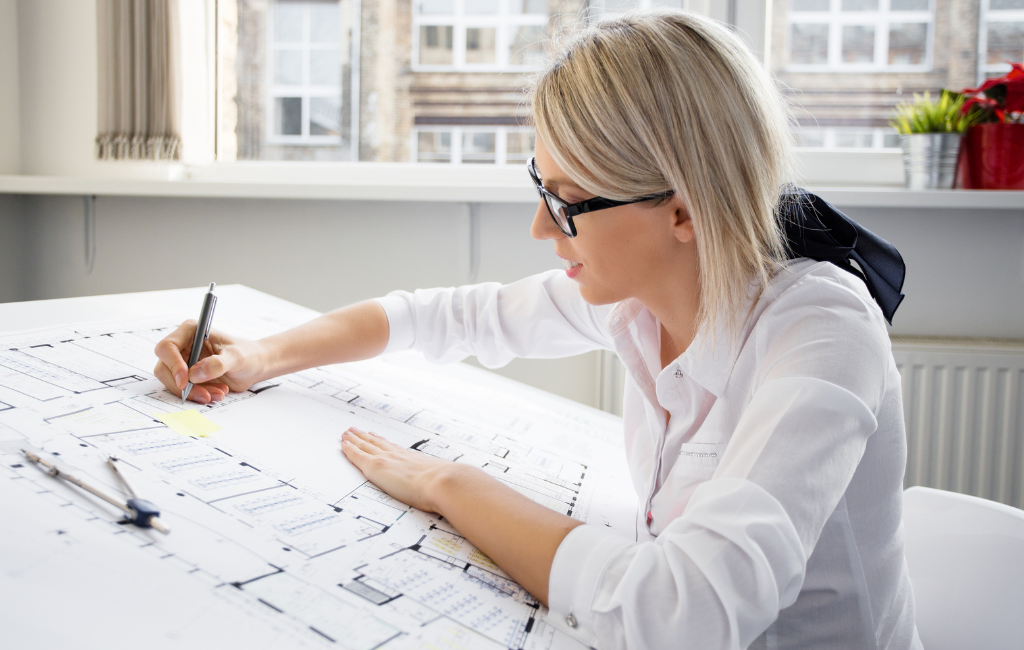Architect Strategies: Building Tomorrow Today
In the ever-evolving field of architecture, the strategies employed today shape the cities and communities of tomorrow. As urban areas expand and environmental concerns grow, architects are tasked with creating innovative solutions that address these challenges. This article explores the strategies architects are using to build a sustainable and resilient future.
Embracing Sustainable Design
Sustainability has become a cornerstone of modern architecture. Architects are increasingly focusing on designs that minimize environmental impact and promote energy efficiency. This approach not only benefits the planet but also enhances the quality of life for inhabitants.
- Utilizing renewable energy sources such as solar and wind power.
- Incorporating green roofs and walls to improve air quality and reduce heat.
- Designing buildings with natural ventilation and lighting to decrease energy consumption.
One notable example is the Bosco Verticale in Milan, Italy. This pair of residential towers is adorned with over 900 trees and 5,000 shrubs, providing a natural habitat for wildlife and reducing pollution.
Innovative Use of Technology
Technology plays a pivotal role in modern architecture. From design software to construction techniques, technological advancements are transforming the way architects work.
- Building Information Modeling (BIM) allows for precise planning and collaboration.
- 3D printing is revolutionizing construction by enabling rapid prototyping and customization.
- Smart building systems enhance energy efficiency and occupant comfort.
The Edge in Amsterdam is a prime example of a smart building. It uses IoT technology to optimize energy use, making it one of the most sustainable office buildings in the world.
Prioritizing Resilience and Adaptability
As climate change and natural disasters become more frequent, resilience and adaptability are key considerations in architectural design. Architects are developing structures that can withstand extreme weather and adapt to changing conditions.
- Designing flood-resistant buildings in areas prone to flooding.
- Using materials that can endure high winds and seismic activity.
- Creating flexible spaces that can be repurposed as needs change.
The Marina Bay Sands in Singapore exemplifies resilience with its innovative design that includes a rainwater harvesting system and elevated structure to prevent flooding.
Fostering Community and Connectivity
Modern architecture is not just about individual buildings but also about creating spaces that foster community and connectivity. Architects are designing environments that encourage social interaction and enhance the sense of community.
- Developing mixed-use spaces that combine residential, commercial, and recreational areas.
- Incorporating public spaces such as parks and plazas into urban designs.
- Designing pedestrian-friendly environments to reduce reliance on cars.
The High Line in New York City is a successful example of transforming an old railway into a vibrant public park that connects neighborhoods and brings people together.
Case Studies: Success Stories in Modern Architecture
Several projects around the world highlight the successful implementation of these strategies. These case studies provide valuable insights into the future of architecture.
Masdar City, UAE
Masdar City is a planned city project in Abu Dhabi that aims to be one of the most sustainable cities in the world. It incorporates renewable energy, sustainable transport, and green building practices to create a low-carbon urban environment.
One Central Park, Australia
Located in Sydney, One Central Park is a residential and commercial complex known for its vertical gardens and innovative use of technology. The building features a heliostat that reflects sunlight into shaded areas, enhancing natural lighting.
Songdo International Business District, South Korea
Songdo is a smart city built from scratch with sustainability and technology at its core. It features extensive green spaces, smart infrastructure, and efficient public transport systems, setting a benchmark for future urban developments.
Conclusion
The strategies employed by architects today are shaping the future of our built environment. By embracing sustainable design, leveraging technology, prioritizing resilience, and fostering community, architects are building a future that is not only innovative but also sustainable and resilient. These efforts are paving the way for a new era of architecture that meets the challenges of tomorrow while enhancing the quality of life for all.
